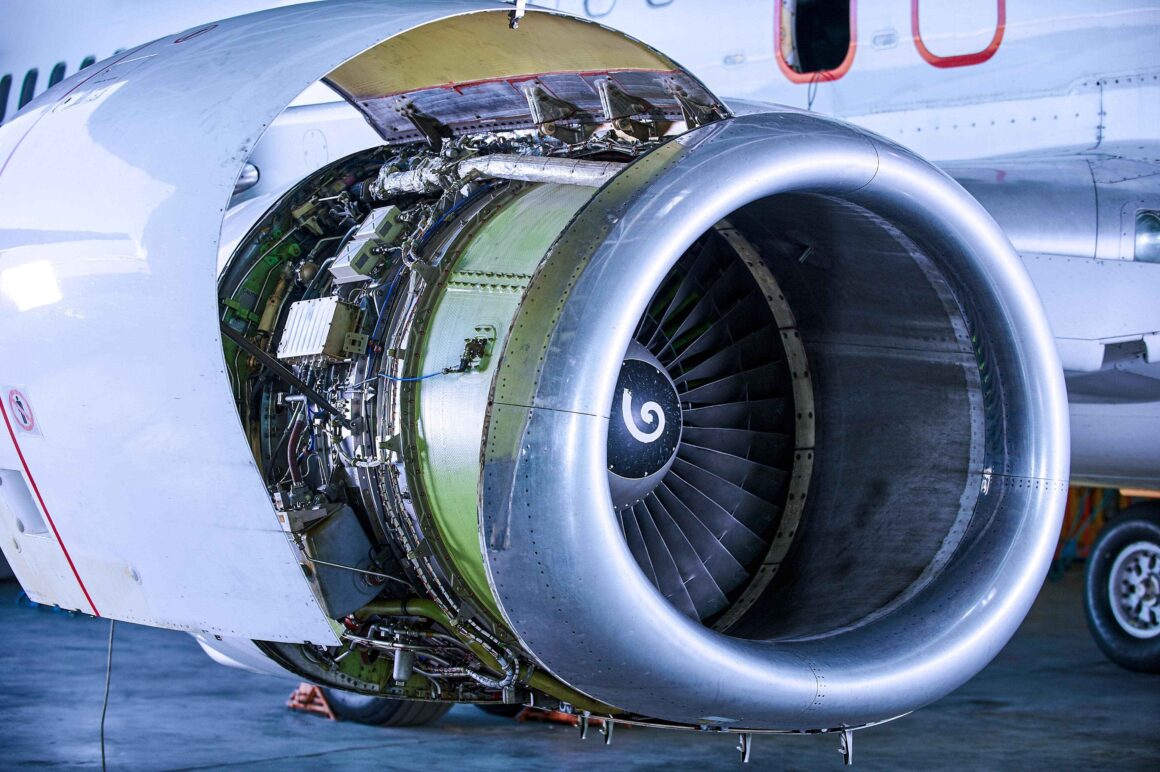Aircraft Mechanic Glossary – Take Flight with Confidence by Expanding your Knowledge
Glossary for Aircraft Mechanics
These examples represent a small selection of commonly used terms within the field of aircraft mechanics. In the aviation industry various terms and jargon are utilized depending on the type of aircraft, system, or job at hand. This serves as a starting point for understanding the common lingo.
Aircraft Parts:
- Wing Shape: The structure of a wing or other lifting surface that generates lift by interacting with the air.
- Side Control Surface: A surface located at the back edge of each wing used to tilt the aircraft to the left or right.
- Electronic Systems: Systems consisting of devices used for navigation and communication in aircraft.
- Horizontal Structure: The level structure on the fuselage of a jet aircraft that supports both the engines and tail.
- Pilot Enclosure: The enclosed area where pilots are seated and operate the aircraft.
- Engine Covering: The removable covering over an aircrafts engine.
- Tail Section: The part of an aircraft, including both horizontal and vertical stabilizers.
- Trailing Edge Devices: Special devices located at the edge of wings used to increase lift during takeoff and landing.
- Wheels, for Landing: Retractable wheels or other mechanisms that enable an aircraft to take off and land
- Engine Enclosure: The housing that surrounds an aircrafts engine.
- Vertical Control Surface: A surface located on the vertical stabilizer used to steer (turn) the aircraft left or right.
- Slats: These are devices located on the leading edge of wings that are used to increase lift when the aircraft is flying at low speeds.
- Spoilers: These devices are situated on the surface of wings and serve the purpose of reducing lift and slowing down the aircraft.
- Vertical stabilizer: This refers to the fixed fin located on the tail of an aircraft, which plays a role in providing stability and preventing any sideways movement.
- Wing: The wing serves as the lifting surface of an aircraft generating lift through its interaction with air.
Maintenance and Repair:
- AD (Airworthiness Directive): These directives are instructions issued by the FAA (Federal Aviation Administration) to ensure that specific models or components of aircraft maintain their airworthiness.
- MEL (Minimum Equipment List): This list comprises equipment that must be fully operational for an aircraft to be legally dispatched for flight.
- MR (Maintenance Release): This document certifies that an aircraft has been thoroughly inspected and maintained in accordance, with regulations.
- flight inspection: It involves visually and operationally checking an aircraft before each flight ensuring that it meets all necessary safety standards.
- maintenance: This refers to scheduled inspections and procedures performed to prevent any malfunctions and maintain overall reliability of the aircraft.
- Squawk: In aviation terminology a squawk is used to report any malfunction or defect identified by a pilot or mechanic.
- Time in service (TIS): It refers to the total number of hours that an aircraft or its components have been in operation.
- Time since major overhaul (TSMO): It represents the number of hours that have passed since an engine or another component underwent a major overhaul.
Aircraft Systems:
- Electrical system: This system is responsible for supplying and distributing electrical power to various systems within the aircraft.
- Fuel system: The fuel system is designed to store, deliver and manage fuel for the engines.
- Hydraulic system: This system provides power for operating control surfaces landing gear and other essential systems.
- Pneumatic system: Utilizing compressed air this system operates instruments, brakes and other necessary functions.
- Environmental control system (ECS): Its purpose is to maintain cabin temperature, pressure and humidity levels, for passenger comfort.
Tools and Equipment:
- Aircraft jack: This lifting device is used during maintenance to raise and support the aircraft securely.
- Avionics tester: An equipment employed for diagnosing and troubleshooting avionics systems.
- Boroscope: An instrument used to inspect internal engine components and other inaccessible areas of an aircraft.
- Multimeter: An measuring instrument utilized for testing voltage current flow and resistance values.
- Riveter: A tool specifically designed for installing or removing rivets – permanent fasteners.
- Torque wrench: A tool that is used to apply an amount of force for tightening bolts or nuts.
- Vacuum cleaner: Utilized for removing dirt, debris and foreign objects from the interior and systems of aircraft.
General Terminology:
- FAA (Federal Aviation Administration): The governmental agency in the United States responsible for overseeing civil aviation safety regulations.
- EASA (European Union Aviation Safety Agency): The regulatory body within the European Union that ensures safety in aviation.
- AMT (Aviation Maintenance Technician): An individual who holds a license to maintain and repair aircraft.
- A&P (Airframe and Powerplant Mechanic): A specialized AMT with the level of certification, qualified to handle both airframes and engines.
- Flight line: Refers to the designated area at an airport where aircraft are parked fueled and maintained.
- Hangar: A structure specifically designed for housing and maintaining aircraft.
- Layover: A break period scheduled for crew members during a long flight.
- Turnaround: The duration required to prepare an aircraft for its next flight after it arrives at a gate.


